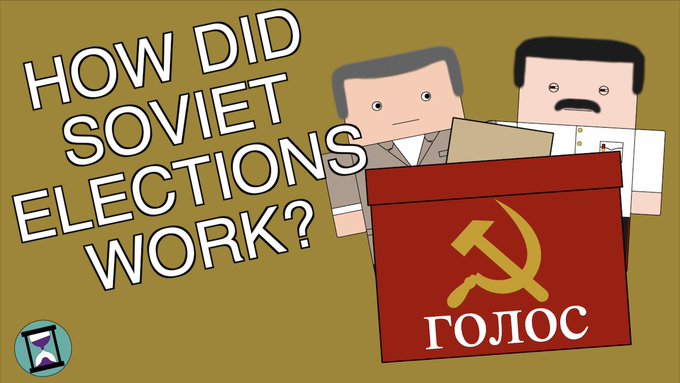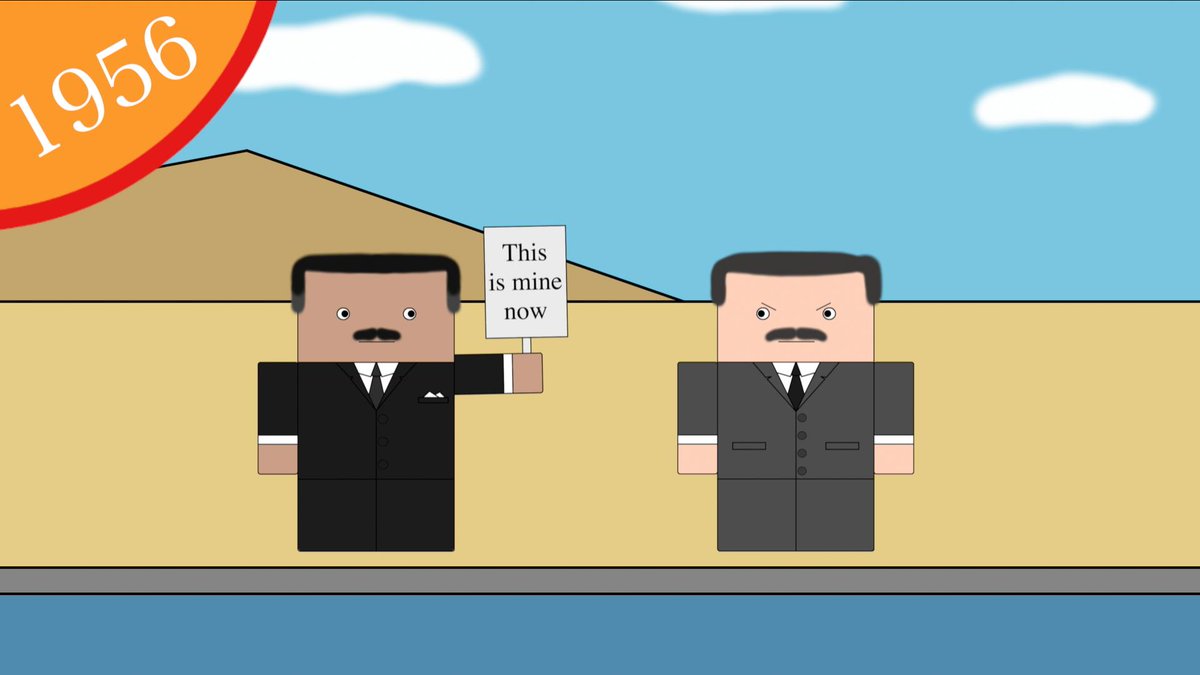History Matters Net Worth: How Much Money He Makes On YouTube
 History Matter Net Worth – $2.4 Million
History Matter Net Worth – $2.4 Million
History Matters (previously known as Ten Minute History) is a history-focused created by a content creator from Leeds in the United Kingdom whose real name is believed to be James Bissonette. He has an estimated net worth of $2.4 million. The channel aims to help students studying for A levels, GCSEs and AP World World/Euro History by providing short introductions to multiple topics. The videos are focused on the lesser-known parts of history too and dive deep into questions that many people ask but aren’t often answered.
How Much Money Does History Matters Earn On YouTube?
The channel has over 1.8 million subscribers as of 2024 and has accumulated over 700 million views so far. It is able to get an average of 200,000 views per day from different sources. This should generate an estimated revenue of $1,600 per day ($580,000 a year) from the ads that appear on the videos.
YouTube content creators based in the US, UK, Canada and Australia generally get paid $2 – $12 per 1000 monetized views after YouTube takes its cut. Monetized views usually range from 40% – 80% of the total views. All these are influenced by several factors like the device played on, time of the year, the location of the viewer, ad inventory, how many ads there are on a video, how many people skip the ads, type of advertisement, ad engagement, type of content, etc.
The cost of an ad view is based on an auction between advertisers based on views. Advertisers have to bid a minimum of $0.01 per view.
There is also a program known as Google Preferred where deep-pocketed companies can target ads on the top 5% most popular content. The ad rates here are higher than normal.
Apart from ads, YouTubers also generate extra from YouTube Red viewers who pay a monthly fee to view premium content on YouTube plus watch videos without ads. Here they get paid based on watch time on their videos. The longer the viewers watch their videos, the more money they earn.
YouTube Shorts generate revenue in a different way as compared to traditional videos. The revenue from ads appearing between Shorts will be pooled together then a portion of the total revenue will be allocated to a Creator Pool. Each country has its own Creator Pool. Eligible creators will be paid based on their share of total views. Shorts that use music make less money due to licensing costs.
General Expenses
Content creators incur a wide variety of expenses to create their content. These can include things like production costs, employee salaries, travel expenses, rent, buying new equipment, utilities, amenities, entertainment, subscription fees and other living expenses. One of the biggest expenses for most creators is taxes. Your tax brackets generally depend on your income. In a country like the United States, the highest tax rate is 37%. A combination of all these expenses determines one’s ability to save and invest, consequently how much one’s net worth grows.


